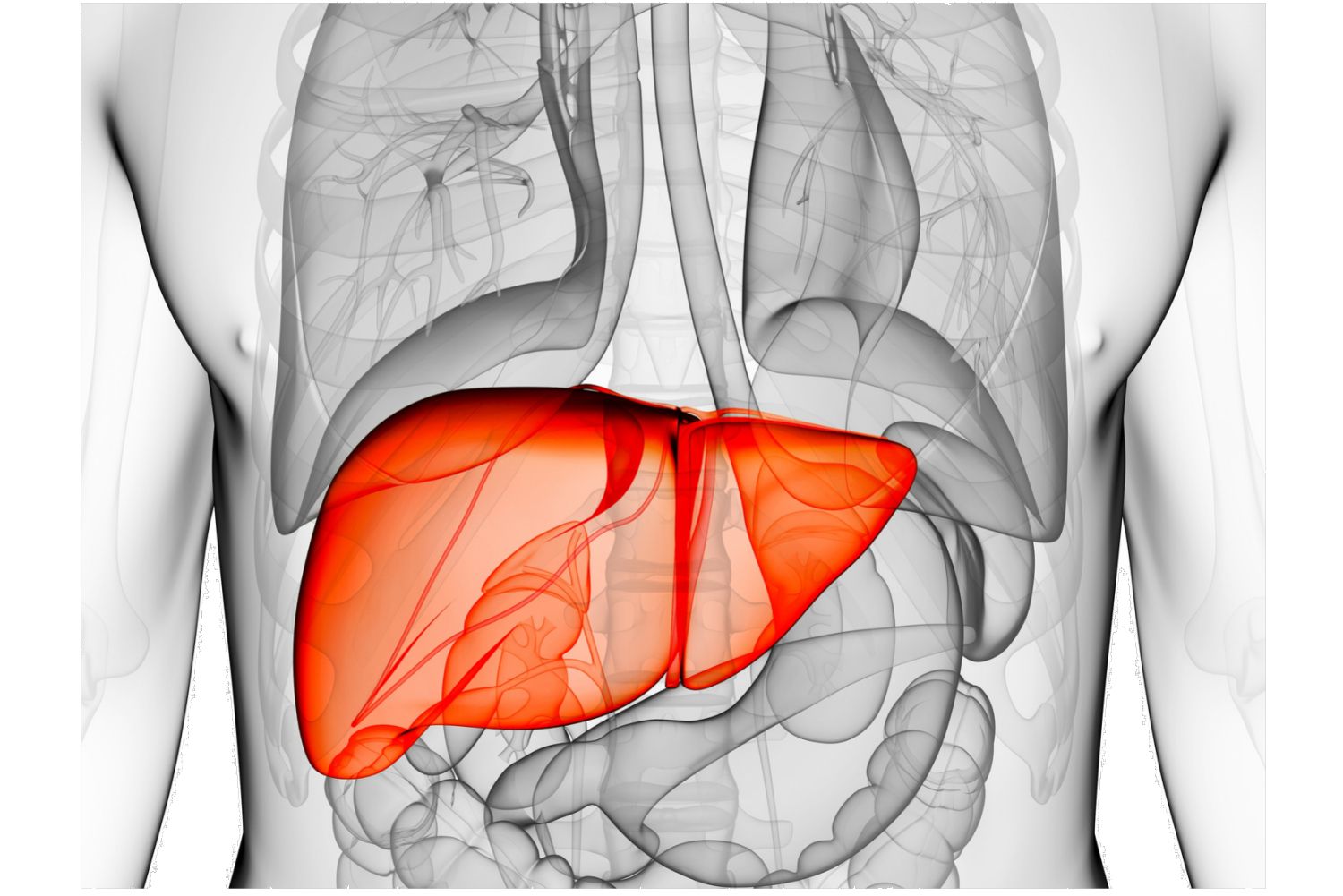A breakthrough study conducted by researchers from Fortis C-Doc Hospital for Diabetes and Allied Sciences, All India Institute Of Medical Sciences (AIIMS), Diabetes Foundation (India), and National Diabetes Obesity and Cholesterol Foundation (NDOC) unveils a significant association between a common skin condition among diabetics and the risk of liver damage. The research highlights the potential of Acanthosis Nigricans (AN) as a predictive marker for liver cell damage (fibrosis) in individuals with type 2 diabetes, particularly among Asian Indians.
Acanthosis Nigricans (AN), characterized by thickening, dark pigmentation, and a velvety texture of the skin, primarily observed at the nape of the neck, emerges as a crucial indicator of liver health in diabetic patients. With over 100 million people in India grappling with diabetes, the rising prevalence of type 2 diabetes underscores the urgency of identifying early warning signs for associated complications, including liver damage.
The study, involving the assessment of 150 individuals with type 2 diabetes, meticulously analyzed the correlation between AN and liver health. Notably, AN’s presence was found to be strongly linked to hepatic fat and fibrosis, particularly in women, obese individuals, and those with a family history of type 2 diabetes.
Dr. Anoop Misra, co-author of the study and Executive Chairman & Director of Diabetes and Endocrinology at Fortis C-Doc Hospital, highlights the significance of AN as an easily identifiable clinical marker for assessing liver damage risk. Utilizing AN as a screening tool can facilitate early detection and intervention strategies, potentially mitigating the progression of liver-related complications in diabetic patients.
The methodology employed in the study involved a comprehensive evaluation of neck AN severity, coupled with abdominal sonography and specialized imaging techniques like Fibroscan. The research underscores the importance of proactive screening measures in diabetic populations, emphasizing the potential of AN as a valuable diagnostic tool for identifying individuals at heightened risk of liver problems.
As diabetes continues to impose a significant health burden globally, initiatives aimed at enhancing early detection and management of associated complications are paramount. The findings of this study offer a promising avenue for improving clinical practices and guiding tailored interventions to safeguard the health and well-being of diabetic individuals.






